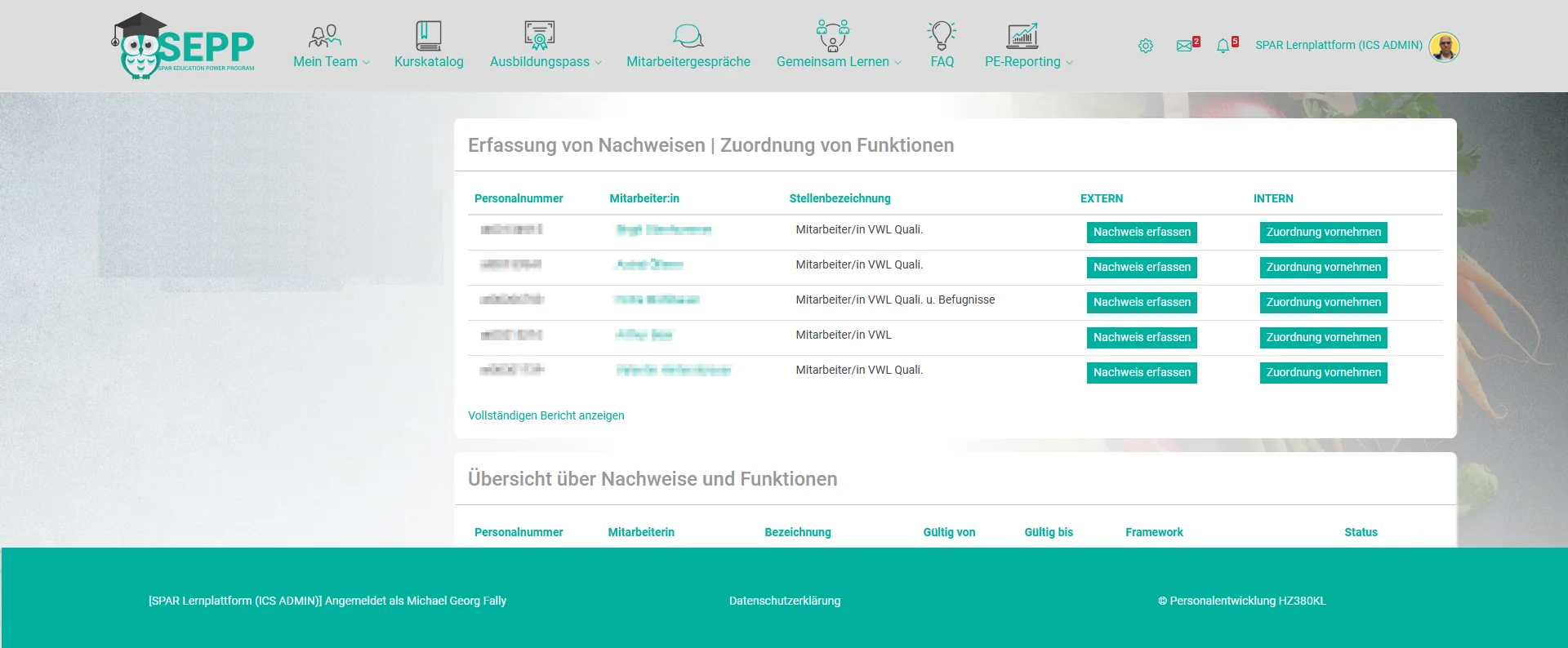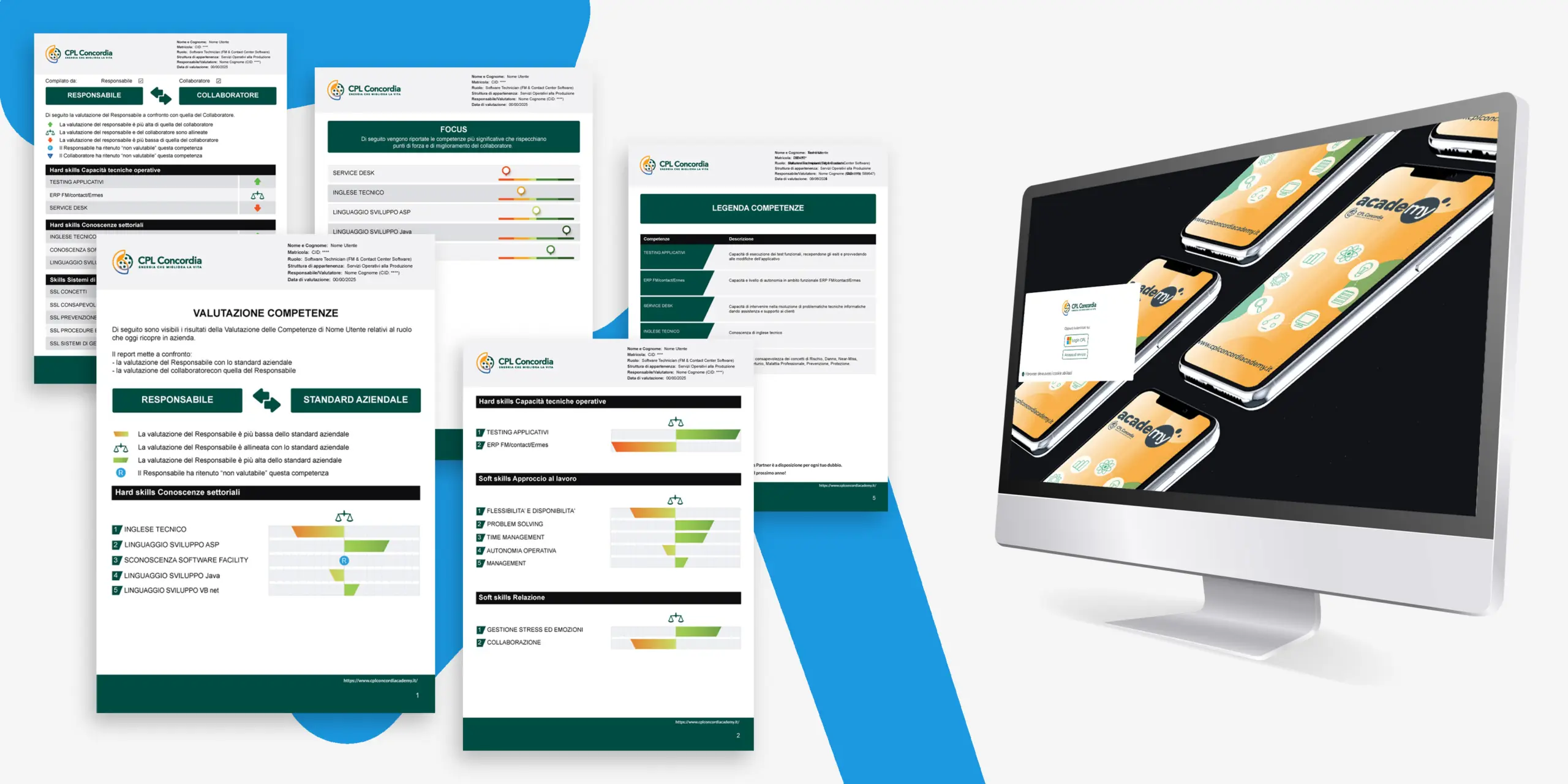Nine in ten HR professionals say their employees are overstating their skill proficiency, especially in areas like AI, leadership, and technical expertise. The result? Most organisations are guessing when it comes to capability. Leaders assume they have the skills to deliver on major initiatives, only to discover halfway through that their teams can’t execute.
This overconfidence has real consequences. Research shows the overstating of skills is worsening skills gaps (36%), reducing productivity (34%) and increasing manager stress (31%). Understanding your organisation’s real strengths and how to develop them is now a business necessity.
That’s why we’ve created this article. Drawing on Totara’s experience supporting organisations worldwide, we’ll explore the skills L&D professionals need in 2026 to close the gap between perceived and real capability, building learning cultures that deliver measurable results.
The L&D skills that matter now
Closing the gap between perceived and actual skills requires L&D professionals to operate differently. Traditional approaches that rely on self-reported data and standard course catalogues no longer provide the accuracy organisations need when capability directly impacts business outcomes. As highlighted in Training Industry, effective skills development now depends on using data and analytics to diagnose real capability gaps, tailor interventions, and measure their impact, rather than relying on generic offerings or employee self-assessment.
The L&D professionals who succeed in 2026 will be those who can identify where capability gaps exist and demonstrate that learning programmes genuinely make a difference. This requires moving beyond administration and course delivery to strategic capabilities that connect learning directly to performance.
What are the top 7 skills L&D teams need to develop?
1. Diagnostic and analytical thinking
When employees overestimate their skills, traditional self-assessments stop being useful. That’s why one of the most valuable skills for L&D professionals in 2026 will be learning needs analysis that uncovers what people can actually do, not just what they say they can.
Effective analysis means looking beyond surveys and completion data to real performance indicators such as project results, feedback from line managers and evidence from day-to-day work. The aim is to spot genuine capability gaps and patterns that might not show up in standard reporting.
The real challenge is using that insight to guide decisions. Accurate analysis helps L&D focus time and resources where they’ll make a visible difference, instead of chasing problems that don’t exist.
For example, SPAR Österreichische Warenhandels AG, one of Europe’s largest retailers, used Totara Perform to improve how it tracks apprentice development across multiple brands. By combining performance data, qualifications and feedback in one place, managers gained a clearer picture of real capability and could better align support to individual needs. (Read the full customer story here.)

Developing this skill takes curiosity and credibility. It’s about asking better questions, challenging assumptions and creating a culture where honest conversations about capability are not only accepted but encouraged.
2. Designing manager development
Managers shape whether learning turns into performance, yet their own development is often not prioritised. When capability gaps appear across teams, managers are usually the first to notice but may not have the tools or confidence to respond effectively.
L&D teams need to design practical resources that managers can use to support development directly. These might include conversation guides, feedback templates, coaching questions, or systems for recording goals and progress. The aim is to help managers connect learning with day-to-day performance rather than create extra paperwork.
Effective manager development starts with understanding how managers actually work. Track which resources get used, gather feedback on what helps, and refine based on real usage patterns. When managers have practical tools that work, they’re more confident supporting their teams, and learning sticks.
Building this skill means treating managers as important partners in closing capability gaps, not just another audience for training. The L&D professionals who invest in manager capability see stronger results because reinforcement happens where it matters most.
3. Content curation
Modern learning teams are expected to manage an overwhelming amount of content. With so many resources available from external providers and internal sources, L&D professionals need to be selective about what they share. Effective content curation helps employees find the material that actually builds capability instead of leaving them to search through endless options.
Useful sources include internal guides, standard operating procedures, recordings from subject matter experts and selected courses from LinkedIn Learning, which integrates with Totara. Give each item clear metadata, tags and ownership so it is easy to find and easy to maintain.
Targeting is just as important as selection. Use audiences to show different content to different groups, for example by role, region or brand. Where organisations need separate catalogues for different divisions, Totara’s multi-tenancy feature maintains this separation whilst preserving central oversight.
Keep the catalogue healthy. Schedule review dates, track usage, and archive items that are out of date. Where a topic matters to compliance, link curated items to the relevant policy or certification so learners understand why it matters and where it fits.
4. Data literacy and performance insight
Accurate reporting and analysis are essential for understanding whether learning is improving capability. L&D teams need reliable data to see how people are developing, where progress is happening and where additional support is required.
One of our customers, CPL Concordia, dealt with this issue when trying to assess and report on employee skills across multiple roles and business units. By moving away from manual spreadsheets and building a structured system for skill evaluation and reporting, CPL created a clearer, more consistent view of workforce capability. Managers now have access to reports that show where development is needed, helping HR make better-informed decisions about learning priorities. (Read the full customer story here.)

Totara’s platform supports this approach by bringing performance data, course records and feedback into a single reporting framework. When data is interpreted carefully, it helps L&D focus resources where they are needed most and demonstrate the impact of learning on performance.
5. Facilitating collaborative learning
Collaboration works best when people exchange ideas and support each other’s development. L&D professionals need to create spaces and structures where this exchange happens naturally.
This skill involves designing environments where collaboration serves a clear purpose. Whether through peer mentoring programmes, discussion forums or structured knowledge-sharing sessions, the focus should be on solving real workplace problems rather than collaboration for its own sake.
Totara supports collaborative learning through workspaces, forums, and resource-sharing features that let teams build knowledge together. When L&D creates the right structures and keeps discussions focused on practical application, learning becomes an ongoing exchange that builds both capability and confidence.
6. Aligning learning with performance
Linking learning to performance makes training part of how the organisation achieves its goals. L&D professionals need to understand how learning outcomes support both individual progress and business priorities.
This requires working closely with managers and stakeholders to identify where capability gaps are affecting results. By aligning learning initiatives with performance measures and reviewing what the evidence shows, L&D can demonstrate value and show how development directly supports organisational goals. This connection strengthens trust in L&D and shows that learning supports real performance.
7. Adopting learning technology
Technology now sits at the core of most learning and performance strategies, and using it well is a skill in its own right. L&D professionals need to understand how systems fit into their learning ecosystem and what support people require to use them confidently.
Adoption rarely fails because of the technology. It fails when teams implement new tools without clear ownership, communication or alignment with existing processes. Developing this skill means assessing whether a platform meets a defined learning or performance goal, understanding how data will flow between systems and ensuring learners know how to access what they need.
A good example comes from Mitchells & Butlers, one of the UK’s leading hospitality companies. The organisation developed MABLE, a customised version of Totara LMS that supports more than 50,000 employees across multiple brands.
By treating its learning platform as a product, the company created a system that grows through continuous user feedback, links learning content to job roles, connects with talent systems such as Fuel50, and even includes policy management and gamified learning features that support engagement and compliance. (Read the full customer story here.)
Preparing L&D for what comes next
In this article, we explored the core skills L&D professionals need to close the gap between perceived and real capability. From analysing learning needs and designing manager development to aligning learning with performance and adopting technology effectively, each skill strengthens the link between learning and measurable results.
Totara supports L&D teams in building these skills by providing the flexibility to design learning, performance and collaboration solutions that adapt to organisational goals. Our open platform helps organisations manage compliance, track progress and create learning environments that bring people together.
To take these ideas further, download our free eBook, The Six Biggest Challenges Keeping L&D Professionals Up at Night. It explores the barriers L&D teams face today and how leading organisations are overcoming them through stronger alignment, practical measurement and a culture of continuous learning.



